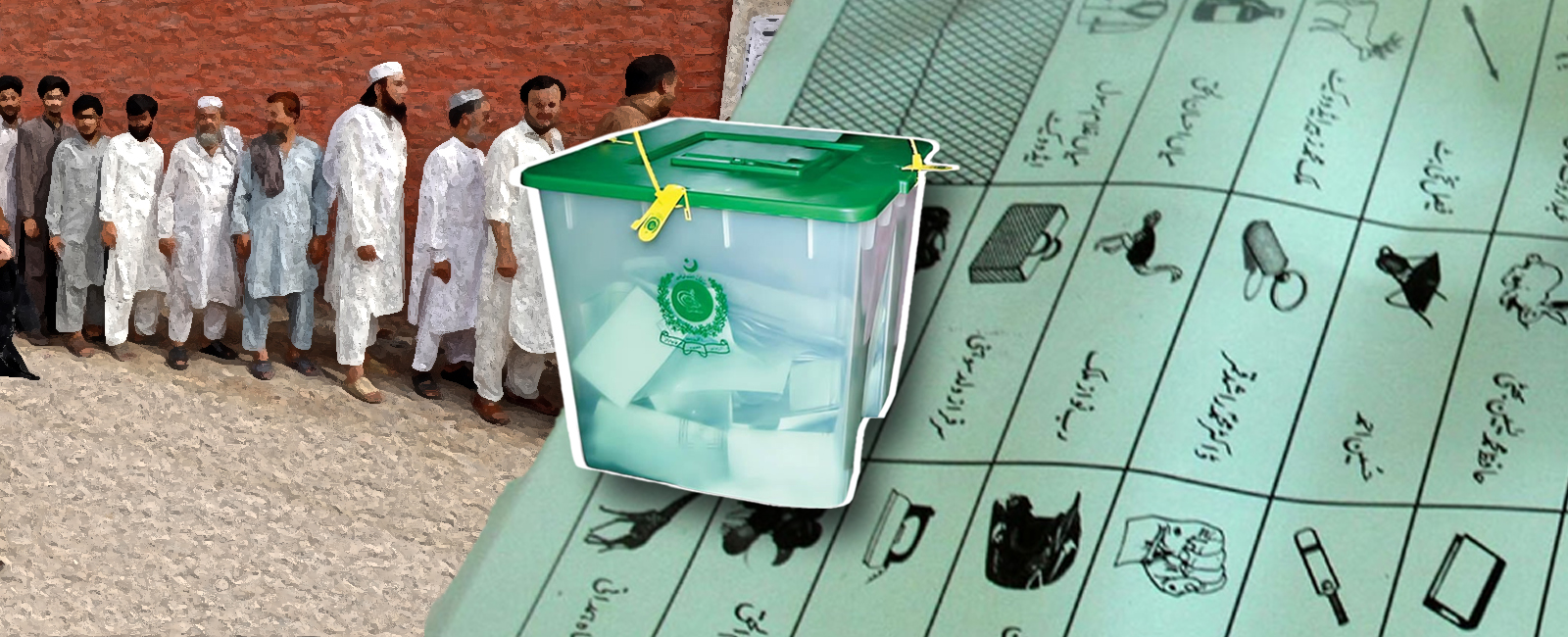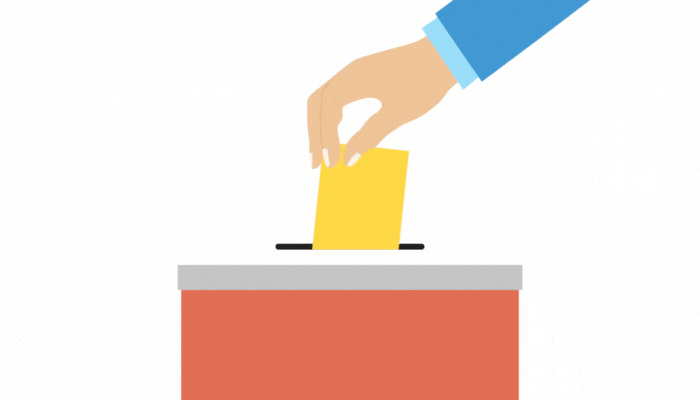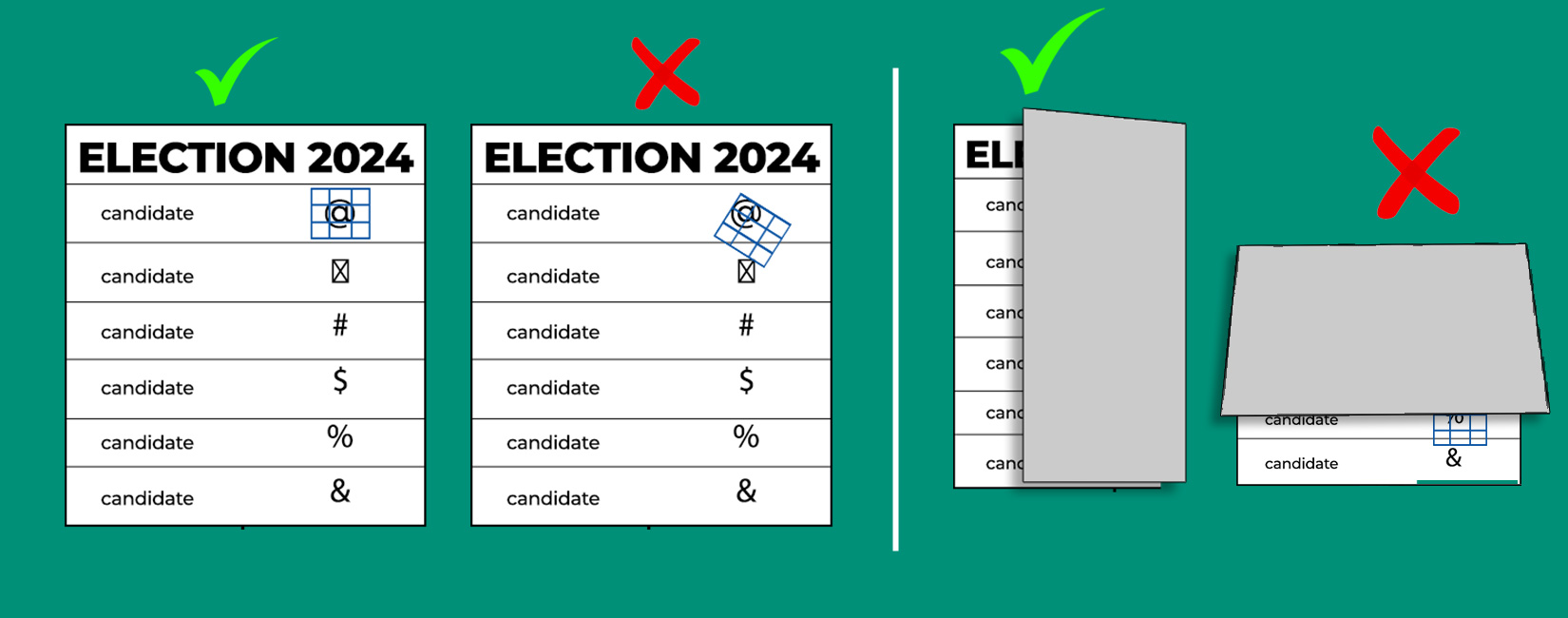The science behind elections in Pakistan — polling day

Polling stations are established in every constituency on election day to make it easier for people to vote. People who are registered to vote are assigned to a particular polling station depending on where they live.
Voting process
People who are registered to vote go to the polling stations assigned to them, along with their identity cards and vote for the candidates they prefer by making marks on the ballot papers. People cast two votes, one for the National Assembly and one for the provincial assembly.
To cast a vote, one should present in person at the polling station with his/her CNIC.
Remember, the polling staff will not allow anyone to vote without the original CNIC — not a copy.
Once you’ve entered the polling booth, the PO will check your name and number in the electoral list, call it out, and then strike it off in the list to indicate that a ballot has been issued to you.
Since elections for national and provincial assemblies are being held on the same day, you will be provided with two ballot papers — green for the National Assembly and white for the provincial assembly.
The ballot paper will be stamped and signed at the back by the PO.
Remember, your vote won't be considered eligible for counting if it is missing the stamp or the signatures at the back.

You will be required to receive a personal mark made with indelible ink on any finger or thumb of either hand.
The PO will also record your voter number on the electoral roll and ID card number on the counterfoil of the ballot paper and will stamp it with the official mark and sign it.
They will then take your thumb impression on it as well as on the electoral roll against your entry.

Once all this is done, you can proceed to the pooling booth — a reserved space usually hidden behind a screen.
Here, you can stamp the ballot papers with the nine-matrix seal provided by the polling officer.
Remember, the lines could be long, so be considerate of others and try to be quick.
If for some reason you are incapacitated or unable to exercise your right to vote on your own, the PO shall allow your assistance to complete the process.
Ballot by post
The individuals listed below have the option to vote by postal ballot, following the prescribed procedure:
• An individual who is serving Pakistan; and the spouse and children of the individual in service. They must submit the required documents to the Commission within the timeframe specified by the Commission soon after the issuance of the Election Programme.
• Individuals appointed by the Returning Officer, including police personnel, to perform duties at a polling station other than their own shall request it within three days of their appointment.
• Individuals with physical disabilities who are unable to travel and possess a National Identity Card with a physical disability logo issued by the National Database and Registration Authority
• Individuals detained in prison or held in custody.
To do so, they need to submit an application that includes their name, address, and their serial number on the electoral roll. Once the application is received, the Returning Officer will send the voter a ballot paper and an envelope with a certificate of posting, which is filled out by a Post Office official upon mailing.
Upon receiving the ballot paper, the voter can mark their vote according to the prescribed procedure. After recording their vote, they must place the ballot paper in the provided envelope and send it back to the Returning Officer before the official consolidation of election results.


